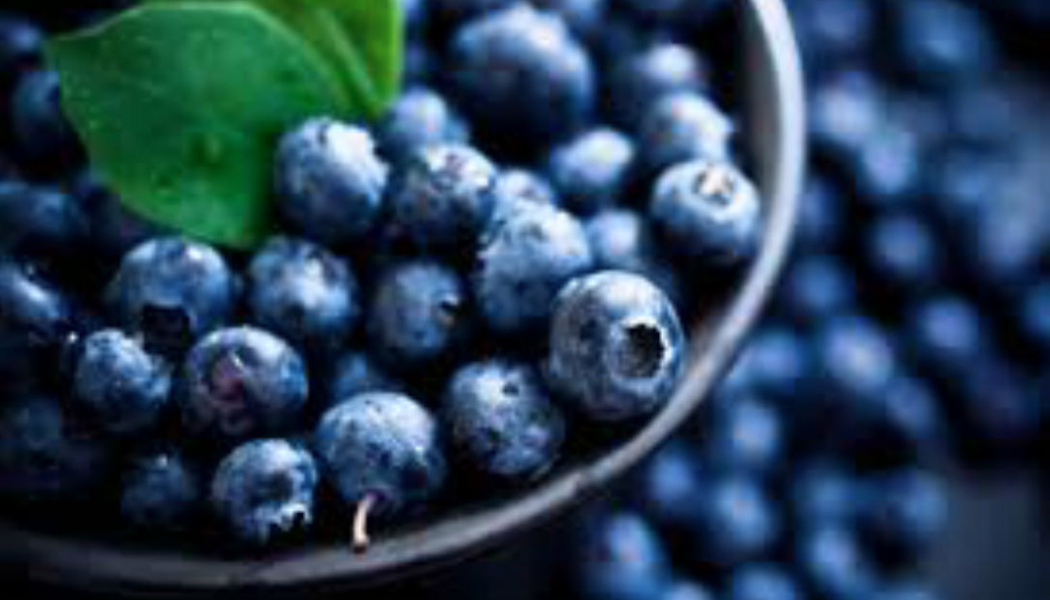Is Bitter Better for Pacifying Pitta?
“I read online that for pitta people, particularly in the summer time, in order to keep things cool, bitter things are good. So I ordered a bitter ghee preparation called “pancha tikta ghritam” and I started using it on an empty stomach first thing in the morning. I
immediately developed nausea and felt like I had a hangover. It felt like instead of pacifying my pitta, it aggravated it? Can you please address this? If ayurvedic texts and experts say that bitter is good for pitta then why did it not help me?
Also, how should I take care of my pitta in the summer? I read your article on cooling pitta in the summer and it gave a different approach. You were recommending sweet things like rose petal preserve. Is the sweet taste enough for pacifying pitta in the summertime? Can you please comment on this?
Thank you,
Christina P. “
Vaidya’s answer:
In Ayurveda we acknowledge six total possible tastes. Verse #171 from Bhava Mishra’s Bhavaprakash, lists them in hierarchical order: [madhur/sweet, amla/sour, lavana/salty, kattu/pungent, tikta/bitter, and kashaya/astringent]

As the verse explains, these tastes are hierarchical in the sense that the first 3 pacify vata dosha, and last three pacify kapha. In addition, “kashaya” astringent, “tikta” or bitter, and “madhura” or the sweet tastes pacify pitta. So, in theory, to say that the bitter taste is pacifying for pitta is correct. Based on the ayurvedic ancient texts, the 3 tastes: astringent, bitter, and sweet, pacify pitta. However, knowledge needs to be applied. In practical situations, many times, knowledge needs to be adapted to specific conditions.
In the process of pacifying your pitta dosha, you aggravated your vata dosha.
It looks like in the process of pacifying your pitta dosha, you aggravated your vata dosha. To address your situation, I would like to highlight two major aspects according by referring to the same text, the same shastra-s. Based on my experience as an ayurvedic expert practicing in the West for the past almost 20 years, in 90% of situations where pitta was aggravated, it was a case of also high agni, or digestive and metabolic fire element in the body, particularly in the digestive system.
When kledak kapha (the balancing kapha subdosha in the stomach that keeps things moist and lubricated) goes low in the stomach, then samana vata (which also resides in the stomach area) also gets aggravated. When Samana Vata is aggravated, it pushes udana vata (that resides in the chest) more forcefully upwards and then one experiences nausea. In such scenarios, in most cases, wherever pitta is aggravated, vata also gets aggravated. That’s why there are three options in terms of rasa, or taste, for pacifying pitta. Those three tastes as indicated in the shastra-s are: astringent, bitter and sweet. Practically speaking, you have to choose among those three, based on the specific condition or situation.
Verse #171 says that the first three rasa-s or tastes: madhur (sweet), alma (sour) and lavan (salty) pacify vata dosha. So madhur or sweet rasa pacifies both vata and pitta, and that’s why I personally use madhur rasa or the sweet taste to pacify pitta in the summer time. With rose – and intelligent rather than dumb or dead sweets loaded with preservatives and synthetic chemicals such as white sugar – and sweet juicy seasonal fruits like pears, blueberries and blackberries, as well as a little amla or sour rasa like orange, or lime, one can work wonders for pitta and vata. Of course, the sour taste has to be in moderation, specially in the summer time, because it contains more agni, and can thus aggravate pitta as well. It has to be in balance in minimal quantities in relation to the sweet taste.
Another point to consider comes up in verse number #190 that says:
The bitter rasa, or bitter taste, can aggravate vata. That’s why, when you consumed that bitter ghee to pacify your pitta dosha, it aggravated your samana vata and udana vata, resulting in nausea. So you see, theory or just knowledge are not enough. In practical daily applications of the knowledge, we need to have acquired skills and have guidance to know how to use that knowledge for optimal results. Even though the texts prescribe the bitter taste for pacifying pitta, if we follow the text without considering actual conditions, we will end up aggravating pitta further. I learnt such practical applications of the ayurvedic shastra-s while interning with my father in our family practice in India. I am always happy to share what I learnt during those years as well as in my life experience as an ayurvedic healer, since the opportunity to intern with ayurvedic experts is much more hard to come by in the western cultural context. I thank you for your question as it has given me the opportunity to clarify a crucial point for all.




